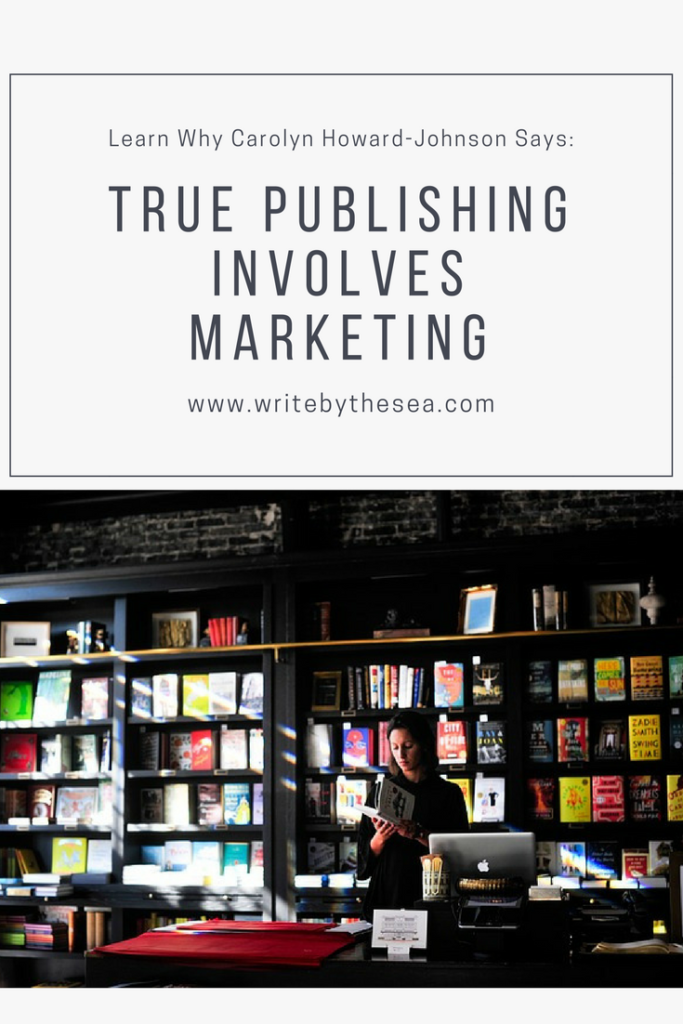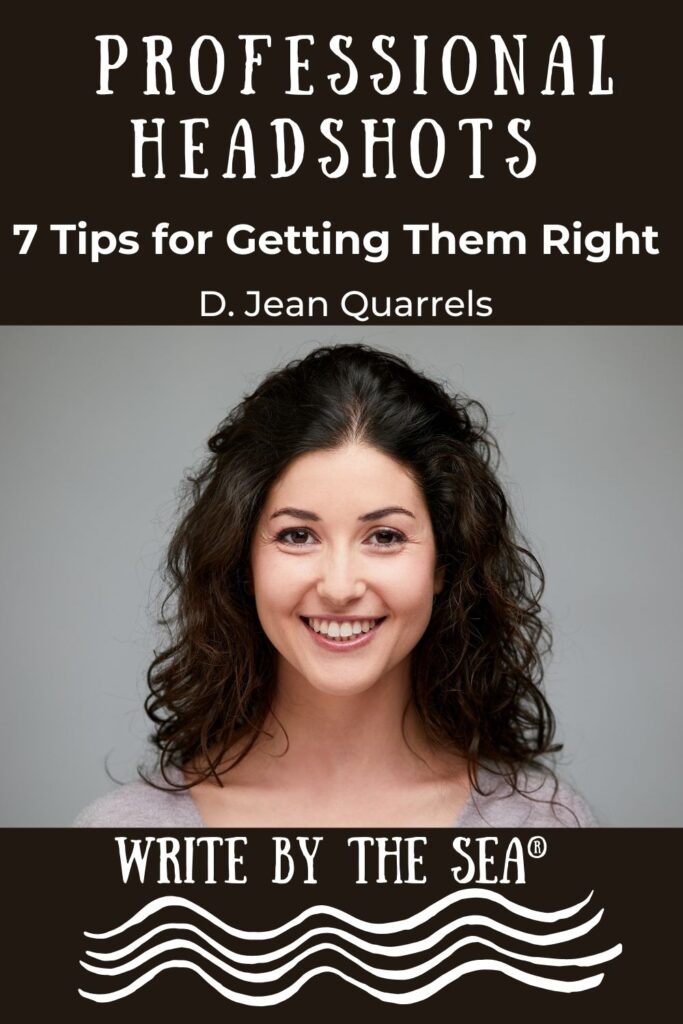A guest post from Carolyn Howard-Johnson

I was moving from journalism and marketing to creative writing and writing how-to books about the time digital printing was coming into being.
I sadly became involved with a company who cloaked their “vanity” status with a small advance and a laudatory letter that praised my work so highly I should have known there was something fishy going on.
This organization published digitally—which seemed like a great idea to me (and it was but this was just long enough ago that a digitally printed book wore the Red A of Adultery on its chest as surely as Nathaniel Hawthorne’s heroine.)
They did no marketing and didn’t suggest I do any.
Later when they realized how profitable marketing could be for their own bottom line, they bugged me to buy marketing packages—all of them useless—things like sending my book to Oprah at a price.
I was extremely disappointed because of the lack of acceptance by bookstores and because of the quality of the book.
Similar “publishers” still exist.
I put the word in quotation marks because true publishing includes marketing.
Having said that, I’ve been traditionally published since then and I’ve truly self-published which is often a misused term.
True self-publishing means the author does it for him- or herself and has complete control.
He or she may hire help with things they can’t do themselves or can’t yet do themselves—anything from cover design to formatting—but that’s different from handing everything over to the likes of Xlibris or Publish America because the author doesn’t yet know enough about the process or have enough contacts to figure it out.
There are also publishers who are kind of a mishmash of services, and I’ve tried those, too—all as I grew in knowledge about the blooming new world of publishing.
To repeat, true publishing of any kind includes marketing—a lot of it.
I mean, do you really think Simon and Schuster would publish a book without an assigned marketing budget?
After you’ve asked that question, ask how much any big publisher will assign to your book and exactly what that will cover before you sign a contract.
Most of them are running on tight budgets, too.
Very tight budgets unless your name is Jonathan Franzen or Hilary Clinton.
Through it all, I have come to believe there is a right way to publish for every author and every project—not necessarily one right way—and that “right way” may vary from author to author and from project to project.
The trick is to know as much about the publishing industry as possible before moving ahead on the path you choose for any given book and any given author’s personality.
I mean, we wouldn’t expect to enter any industry without learning a lot about it first, would we?
There are few credentials and/or degrees in the discipline (and it should be called that) of publishing, but there should be.
Until you have your equivalent, get the advice you need and get it from someone who doesn’t still have a my-way-or-the-highway prejudice still hiding somewhere in her traditional little heart.
And read, read, read.
It’s the most frugal way to learn what you need to know to be smart about whatever kind of publishing you choose to do.
It’s the only way to be able to evaluate the information you’re being given by whomever you’re talking to.
Here are some of my favorite books and resources for learning more about publishing and its essential ingredient, marketing:
• The Complete Guide to Self-Publishing: Everything You Need to Know to Write, Publish, Promote and Sell Your Own Book by Marilyn Ross is the first book I read (when it was in its first edition) on the topic of publishing. Marilyn is the founder of SPAN (Small Publishers Association of North America).
• The Well-Fed Self-Publisher by Peter Bowerman. This book includes marketing because to market is a vital part of publishing. Peter is one of the first people I met at my first marketing and writing conference, and I have avidly read his series of books ever since.
• The ABCs of POD: A Beginner’s Guide to Fee-Based Print-on-Demand Publishing by Dehanna Bailee. This book provides basics for those considering self-or subsidy-publishing.
• Talk Radio Wants You: An Intimate Guide to 700 Shows and How to Get Invited by Francine Silverman. She also has a reasonably priced radio referral service.
• Aiming at Amazon: The NEW Business of Self Publishing, or How to Publish Your Books with Print on Demand and Online Book Marketing on Amazon.com by Aaron Shephard. Available for Kindle.
• How to Publish and Promote Your Book Now by L. Diane Wolfe.
• My book The Frugal Editor: Do-it-yourself editing secrets for authors: From your query letter to final manuscript to the marketing of your new bestseller. In its second edition (e-book only for the time being). It gives you what you need to know about editing, formatting, ,and even a step-by-step guide for formatting a professional-looking e-book. You’ll also find my collection of essential reading in this book, everything from how to find a great editor and suggestions for a few books on grammar and style, the craft of writing, writing book proposals, typesetting and formatting., and directories with resources for selling your work.
For continuing education on all things publishing and marketing, read newsletters by gurus like Dan Poynter, Penny Sansevieri, Joan Stewart, and my SharingwithWriters.
I’m not giving you links to these newsletters because I want you to Google them to find all the resources they offer that will help authors—everything including Webcasts, podcasts, books, and more.
• My book How to Get Great Book Reviews Frugally and Ethically. It will give even experienced authors everything they need to get and manage reviews. To make them an essential part of a launch and to make them the essential part of keeping a book alive forever. No kidding!
• And, of course, my first book in the HowToDoItFrugally series of books for writers, The Frugal Book Promoter: Second Edition: How to get nearly free publicity on your own or by partnering with your publisher, Second Edition. It gives you templates for everything you need to make your book a success including a sample blog, several query letters used for several different purposes, and even a sample pitch for selling yourself by phone courtesy of Raleigh Pinsky.
Here’s the first rule you can believe about publishing: Publishing – especially great publishing – requires marketing and you, the author, will be an essential part of that no matter how you publish.
About Carolyn Howard-Johnson








